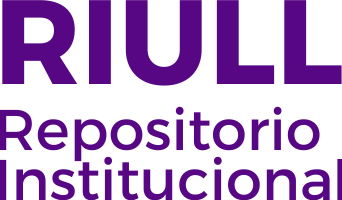Ceramic bowl-supported nanofibrous membrane with fluorinated silsesquioxane-inspired switchable surfaces for successive crude oil/ water separation and secondary water treatment
Fecha
2024Resumen
A simple, facile and economic approach was developed to transform a 2-tier hydrophilic biased electrospun hybrid PEBAX-FPOSS or Cabon/silica-FPOSS deposited on top of silica aerogel-exfoliated kaolinite ceramic, into hydrophobicity via a wetting switching mechanism subject to %FPOSS variance. Under the same wetting switching mechanism, we did transform originally hydrophobic expanded polystyrene (EP)-FPOSS into super-hydrophobicity with overriding good oil sorption and recovery capacity. Within 5%−10% FPOSS incorporation into PEBAX or Carbon/Silica, the consolidated hybrid membrane scaffold exhibited hydrophilic wettings with the capability not only to separate crude oil/water mixture but also to remove bacteria from both oil/water and polluted water. However, with 30–70% FPOSS blends via electrospinning, the system switched into hydrophobic/oleophilic wetting with the capability to separate crude oil/water in good performance. The hydrophilic electrospun hybrid membranes exhibited good performances in terms of water flux rate, organic rejection, and mechanical strength, which however is an index of %FPOSS incorporation. However, it became impossible to engage in gravity-driven filtration as FPOSS incorporation exceeded 70%.




